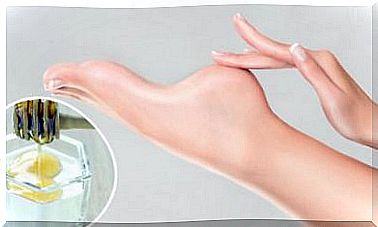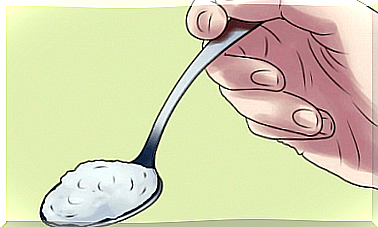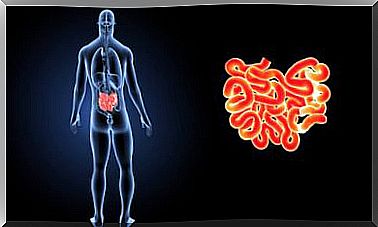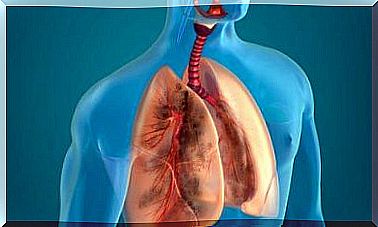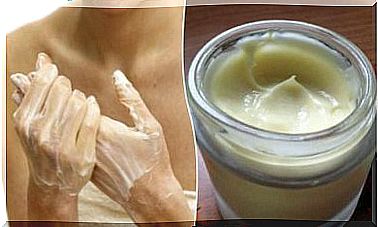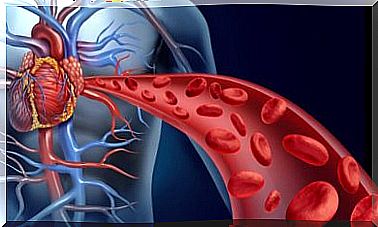Vitamin D Deficiency: Who Tends To Have It?
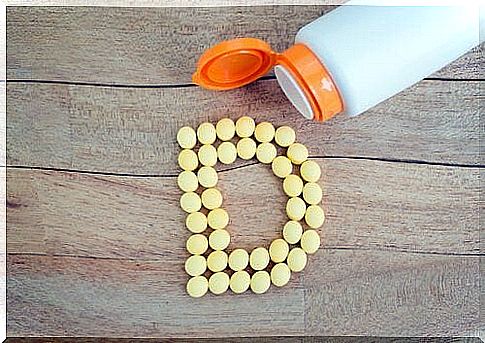
Our body needs vitamins and minerals to perform our activities properly. However, with a vitamin D deficiency, there is a risk that this will not work.
Sometimes the body is deficient in certain vitamins and minerals. When deficient in vitamin D, people can experience malfunctions in bodily functions, their organs and more.
In this article we will therefore take a closer look at a vitamin D deficiency.
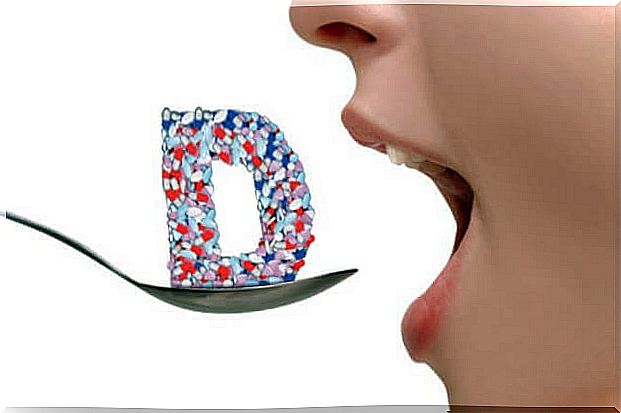
What is Vitamin D?
This is in fat-soluble vitamin that is stored in the fatty tissue of the body.
The purpose of this vitamin is to aid in the absorption of minerals such as calcium and phosphorus. These are essential for bones to develop and grow naturally.
In childhood, these minerals are of utmost importance. They produce the bones in the body.
When there is a vitamin D deficiency, we run the risk of structural damage to the bones and bone tissue.
Without these minerals and this vitamin, our bones become weak and also tend to break easily and suffer permanent damage.
Where does vitamin D come from?
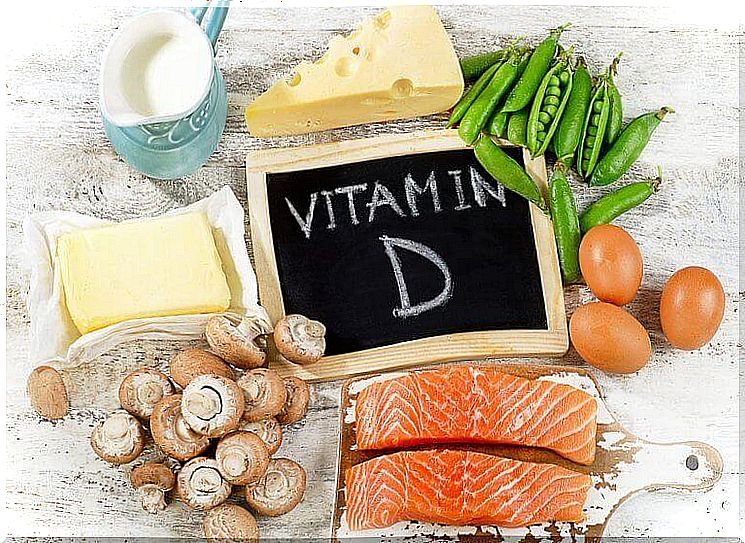
There are many ways to get this vitamin. In this article, we’ll take a look at the best ways to do it.
- In order for the body to produce this vitamin naturally, it is enough to expose yourself to sunlight. This is one of the ways people can create it.
- Oily fish is also a good source of vitamin D. Tuna, salmon and mackerel are examples.
- Other foods that provide this vitamin include liver, egg yolks and cheese. However, they only supply it in small portions.
- Mushrooms are another source of vitamin D. In fact, you can find a large amount in these because they are often exposed to ultraviolet light.
As we mentioned before , light produces the greatest amount of vitamin D.
There are not many foods that contain this substance in a natural form. Therefore, it must be added to many products. These enrich the food so that your body can get what it needs.
How much vitamin D do you need at your age?
At every stage of your life it is important to have enough.
In this case, we will treat the required amount daily. This is what you should be consuming to keep yourself completely healthy depending on your age.
- Newborn babies (up to 12 months) should have 400 IU.
- For children from 1 to 13 years this should be 600 IU.
- 600 IU is also sufficient for adolescents between 14 and 18 years of age.
- For adults aged 19 to 70, and pregnant and lactating women, it is 800 IU
Who is at risk for a vitamin D deficiency?
1. Nursing Babies

Breastfed babies are one of the groups that can suffer from a vitamin D deficiency.
Breast milk does not contain enough vitamin D. Therefore, you should give 400UI supplement to the baby once a day.
2. Elderly and dark-skinned people

Over time, an older person ‘s skin produces less vitamin D from sun exposure. At the same time, the kidney’s capacity to convert the vitamin from its active form diminishes.
In addition, darker skin also produces less vitamin D from the sun.
3. People with Kidney and Obesity Problems

In overweight people, the body fat prevents the vitamins from reaching the blood.
In addition, people with chronic kidney disease may have problems absorbing this vitamin.
4. People who take certain drugs
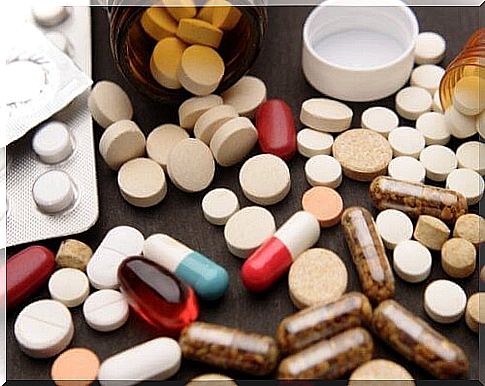
Similarly, some medications can affect vitamin D absorption.
Anticonvulsants and antifungals are drugs that can cause problems with the absorption of vitamin D.
Antiretroviral treatments against HIV can also cause problems with the absorption of vitamins. Because of this, certain supplements may be needed to get enough vitamin D.
Now that you know more about vitamin D, make sure you’re getting enough of it to stay healthy.
